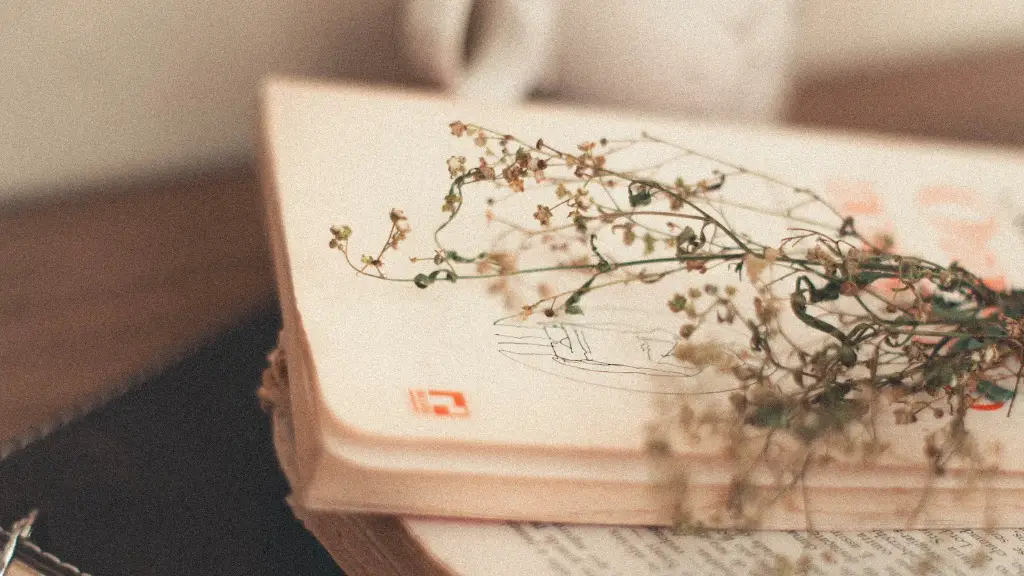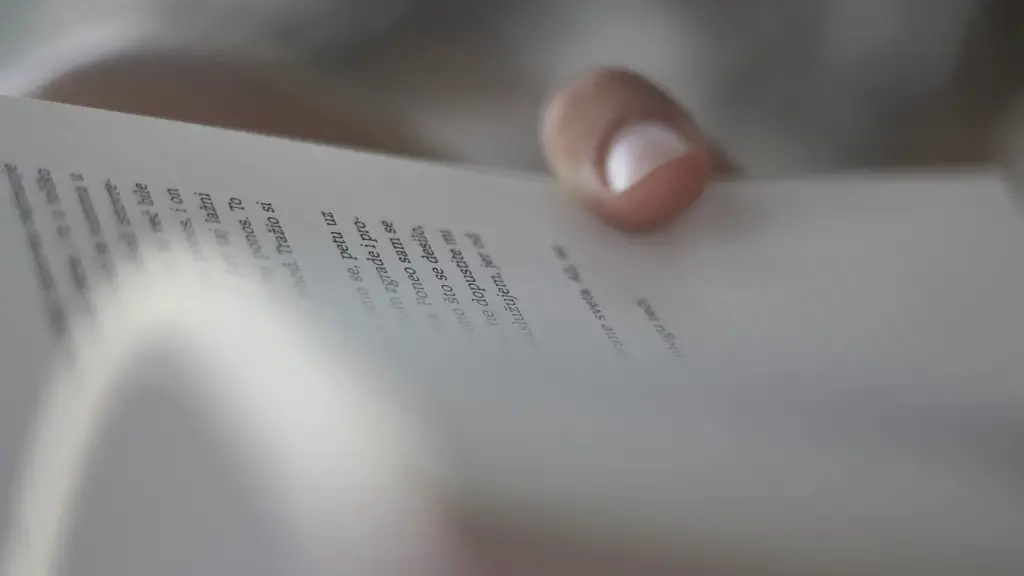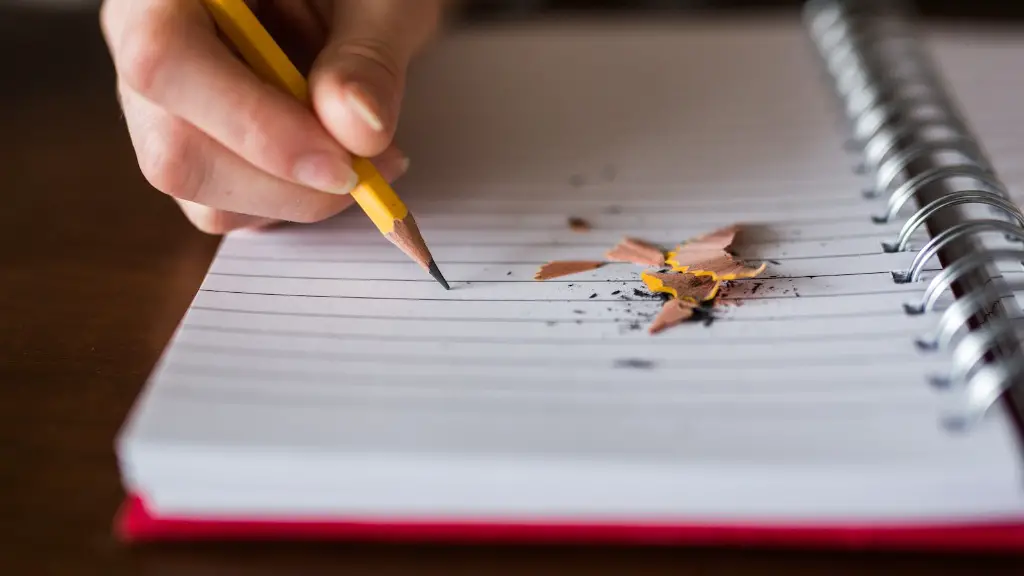What is the MLA Citation Format?
MLA (Modern Language Association) is a widely used citation format to reference literature, arts, and humanities. It is primarily used in academic research and writing, allowing readers to review and understand the source material. Essentially, MLA was created to make referencing easier for writers who do not want to cite the same source multiple times. In the literary world, MLA is used to cite poetry, novels, short stories, and plays.
What is the Poetry Foundation?
The Poetry Foundation is an American philanthropic foundation that seeks to expand the audience and appreciation of poetry. It is one of the largest organizations of its kind in the world and hosts several events and programs that promote the art of poetry. One of the annual programs, the Harriet Monroe Poetry prize, is open to poets who have produced an excellent body of work over at least five years. The foundation also provides a resource center filled with resources on poetry, such as anthologies, poetry books, and poetry magazines.
How to Cite Poetry Foundation in MLA Format
Citing the Poetry Foundation in MLA format is relatively straightforward. Begin by making a list of the essential elements of the citation, such as the author’s name, the title of the poem, the title of the resource, and the publication details. Depending on the type of poem you are citing, the format may vary slightly.
For instance, if the poem appears in an anthology or collection, list the anthology or collection as the title in italics. For example:
Smith, John. “The Journey.” The Northern Lights, edited by Jane Doe, Poetry Foundation, 2020, www.poetryfoundation.org/collection.
If the poem has been published as an individual poem in a magazine, list the poem as the title and the magazine as the resource, such as:
Smith, John. “The Journey.” Poetry Magazine, vol. 29, no. 8, 2020, p. 16.
Know the Author Credentials
When citing a poem from the Poetry Foundation, you should provide the author’s credentials if possible. This should include the author’s name and credentials, such as “John Smith, MFA” or “John Smith, PhD”. This will help to add credibility to your reference and can be used for more in-depth research if necessary.
Provide a Link to the Poem
It’s helpful to provide a link directly to the poem that you are citing. This can help readers easily locate the poem if they wish to compare it to your own analysis or interpretation. For example:
Smith, John. “The Journey.” The Northern Lights, edited by Jane Doe, Poetry Foundation, 2020, www.poetryfoundation.org/collection/entry/54321.
Citing a Poem by an Unknown Author
If the author of the poem is unknown, you should begin the citation by using the title of the poem in quotation marks, followed by the publication details. For example:
“A Journey in Time.” The Northern Lights, edited by Jane Doe, Poetry Foundation, 2020, www.poetryfoundation.org/collection.
When to Include Page Numbers
If the poem you are citing is published in a book or a magazine, you should include the page numbers as a part of the citation. This should be formatted as “p. 1-4”, for example. It is not necessary to include page numbers if the poem appears in an online collection, such as the Poetry Foundation.
What Other Information Should I Include?
In addition to the standard information required for an MLA citation, you may want to include additional information to provide your readers with more context. This can include information about the publication in which the poem appears, the theme or message of the poem, or the author’s background. For example:
Smith, John. “The Journey.” The Northern Lights, edited by Jane Doe, Poetry Foundation, 2020, www.poetryfoundation.org/collection. A pastoral poem, “The Journey” speaks to Smith’s long-held fascination with the natural world, echoing themes seen in his other works.
How to Cite Quotes in Your Paper
According to MLA guidelines, when using quotes from poems in your paper, you should format them according to the guidelines for blockquotes. This means that the lines of the poem should be indented, and that you should include the author and the line numbers in your in-text citation.
For example:
John Smith’s poem, “The Journey,” speaks to the importance of exploration:
“And it’s true that with every step we take
We come one step closer to the unknown
Taking with us all we have ever known” (Smith 11-13).
Using Parenthetical Citations
When using parenthetical citations, you should also include the author’s name and the page number if available. If the page number is not available, you should use either the line numbers or the title of the poem, as in the following example:
“And it’s true that with every step we take
We come one step closer to the unknown” (Smith 11-13).
Including a Works Cited Page
At the end of your paper, you should include a works cited page that lists all of the sources that you have used. The works cited page should be formatted according to the guidelines in the MLA Style Guide.
Checking Your Work
Once you have completed your paper, you should check your work to make sure that all of your citations are correct and all of the references are complete. You should also check to make sure that the formatting is correct and that you have provided a link to the poem that you have cited. It is also important to double-check your work before submitting it to your professor.



